Researchers from China’s Shandong University have developed a novel method for fault diagnosis in PV arrays, using feature engineering and one-dimensional convolutional neural networks (1D-CNN).
The novelty of the technique lies in the feature engineering step, which normalises raw inputs and makes them independent of the system’s size or layout.
The 1D-CNN is a kind of neural network architecture that is specifically designed to process one-dimensional sequential data. It extends the traditional CNN concept, commonly used for image recognition, to manage sequential data.
“The proposed method aims to improve the model’s generalisation in clean or noisy data, the method’s adaptability to diagnosing the faults in different-scale PV arrays and topologies, and the transferability of the pre-trained model to diagnosing the faults in various PV array scales,” said the researchers.
“The current-voltage (I-V) curve characteristics are normalised based on the PV system scale, creating a standard normalisation approach for different scales of PV arrays and improving the generalisation capability of the proposed method.”
The first step in the research was to create a dataset. For this purpose, the scientists have built a PV array in MATLAB/Simulink, consisting of 20 modules organised into four parallel strings, each containing five sequential modules.
Those were simulated under six scenarios, one of regular operation and five faulty, namely line-to-line fault, arc fault, partial shading condition, open circuit fault, and degradation fault.
With varying irradiance, temperature, and resistance in each of those scenarios, 16,200 I-V curve samples were created.
At the next step, the team used their novel feature normalisation technique to engineer the current at maximum power point (Imp), the voltage at maximum power point (Vmp), the short-circuit current (Isc), and the open-circuit voltage (Voc).
Mostly, they were normalised by tuning the raw electrical data into a percentage, representing how much performance was lost.
Following that, the team fed all the processed data into 1D-CNN, also using the Adam optimisation algorithm. The database was trained on 80% of the data and then tested on the remaining 20%.
The data was tested both as clean and as noisy, where Gaussian noise was added. To examine the adaptability of the method, different array sizes were tested, including 10×3, 10×4, and 15×4, along with the front topologies, namely series-parallel (SP), total-cross-tied (TCT), honeycomb (HC), and bridge-linked (BL).
Lastly, the novel model was also compared to four other machine learning and artificial intelligence models, including MLP, KNN, ANN, and 1D-CNN.
“The diagnosis model provides higher accuracy in clean and noisy environments in the SP-PVA dataset, with an accuracy of 99.90% and over 99% for clean and noisy data, respectively. These results highlight the significance of the normalised features in optimising model performance and enhancing robustness,” the academics concluded.
“The proposed method offers a significant advantage by demonstrating exceptional adaptability and achieving over 99.63% accuracy for TCT and BL topologies and 99.90% for HC topologies.”
The novel approach was described in Fault diagnosis in photovoltaic arrays: A robust and efficient approach using feature engineering and 1D-CNN, published in the International Journal of Electrical Power & Energy Systems.
This content is protected by copyright and may not be reused. If you want to cooperate with us and would like to reuse some of our content, please contact: editors@pv-magazine.com.
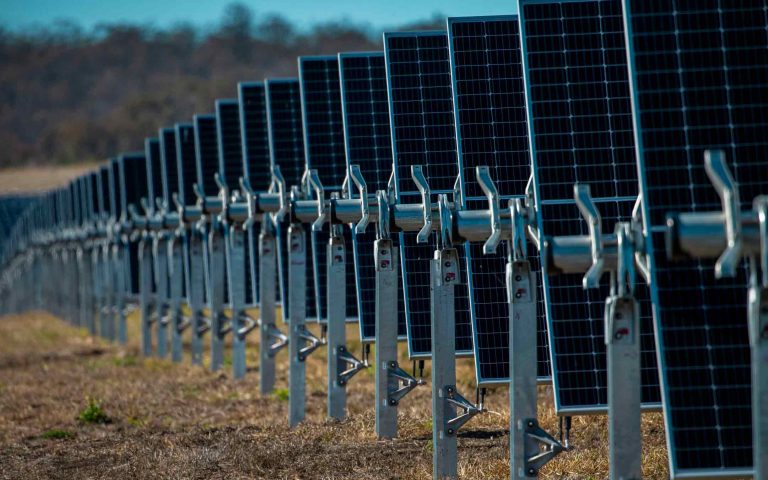
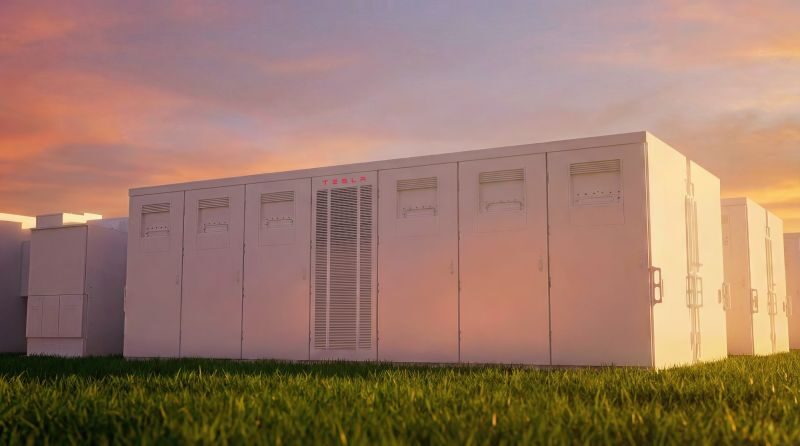


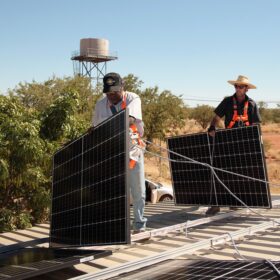
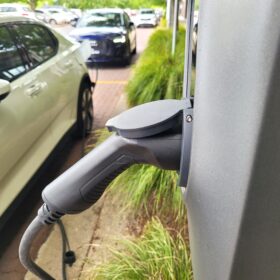
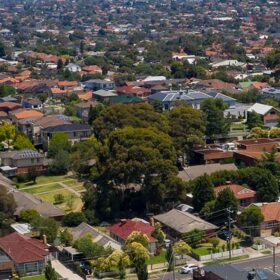
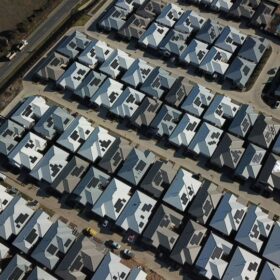
By submitting this form you agree to pv magazine using your data for the purposes of publishing your comment.
Your personal data will only be disclosed or otherwise transmitted to third parties for the purposes of spam filtering or if this is necessary for technical maintenance of the website. Any other transfer to third parties will not take place unless this is justified on the basis of applicable data protection regulations or if pv magazine is legally obliged to do so.
You may revoke this consent at any time with effect for the future, in which case your personal data will be deleted immediately. Otherwise, your data will be deleted if pv magazine has processed your request or the purpose of data storage is fulfilled.
Further information on data privacy can be found in our Data Protection Policy.